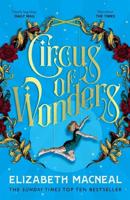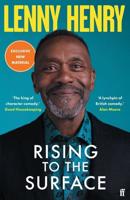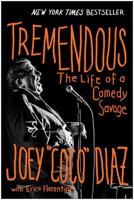Publisher's Synopsis
Everyone has heard of Harry Houdini. Over 60 years after his death, his death-defying escapes still inspire imitators and ad-men. When we think of Houdini, we think of a small man, manacled, jumping off a bridge into icy water, suspended from a skyscraper or emerging, seemingly against the odds, from a sealed coffin. His tricks, and they usually were tricks, were very clever and effective, but the author argues that the man himself was far more interesting than they were.;Brandon examines the phenomenon of fame - what is it that compels a man to perform acts of near-suicidal bravado to gain public acclaim, and what is it that draws vast crowds of people to watch? She considers the nature of a man whom she believes was probably sexually repressed, and yet performed almost naked draped in chains and manacles, who wrote love letters to his wife - who was in another room - five times a day, and who struggled obsessively for years to prove or disprove the existence of life after death.;Brandon argues that it is in the death that the key to Houdini's life, and success, is to be found. More complex than simply seeing a small man triumph against the odds, she claims that his escapes can be read as drama of death and resurrection, a signal, perhaps, that one can return from the other side. By the author of "The New Women and the Old Men", and "Being Divine".









